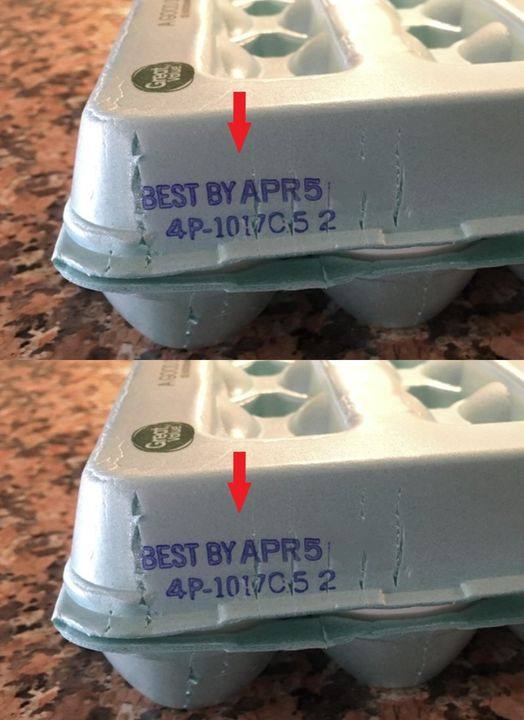
Breaking an egg is a simple pleasure for many, whether for a fluffy omelet, a cake, or fried rice. Most of my eggs come from the supermarket, sealed in typical boxes. Over time, I realized the importance of understanding the codes on these boxes.
Have you ever wondered about the numbers on egg cartons? These numbers, though seemingly random, are quite straightforward. The three-digit Julian date indicates the day of the year the eggs were packed, ranging from 001 (January 1) to 365 (December 31). Knowing this can feel like cracking a secret code.
Beside the Julian date, there’s a ‘P’ code representing the packaging plant. This is crucial for identifying the source, especially during recalls, ensuring your eggs are safe to consume.
Why does this matter? During a major salmonella outbreak, understanding these codes helped me verify my eggs were not affected, providing peace of mind.
Eggs are best consumed within 30 days of packing, and the Julian date helps track this. I routinely check these dates, ensuring I always have fresh eggs, which enhances the taste of my dishes.
Additionally, look for USDA grade shields and labels like ‘organic’ or ‘pastured.’ Grade AA eggs, for instance, are of the highest quality. Organic eggs come from chickens fed organic feed without antibiotics.
All this knowledge elevates my cooking. One Saturday, I made a perfect omelet with fresh eggs, their dense yolks ensuring a delicious result.
Next time you handle an egg carton, decode the numbers. This minor effort guarantees quality and safety, enhancing your culinary experience. Who wouldn’t want to learn something new over breakfast?